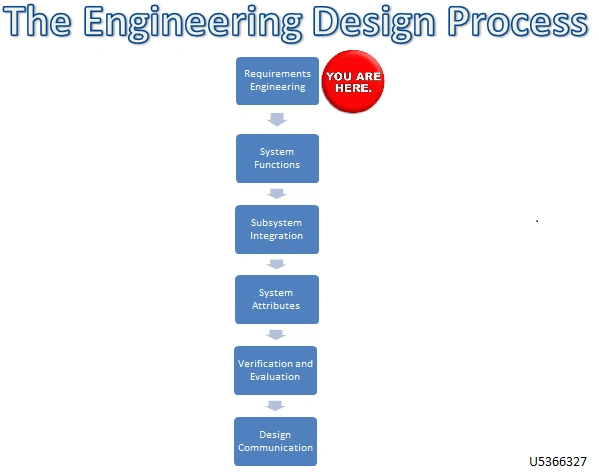If you're interested in becoming a contributor or requesting changes then click here to join the discord
Requirements Engineering
This and other linked pages have been imported from https://consumer-bci.fandom.com/wiki/Consumer_BCI_Wiki
Back to: Engineering Process Next Step: System Functions
The Requirements Engineering section of the Engineering process is where we take our given customer requirements and draw them out into more tangible and useful design requirements. We use a variety of methods to improve the information we can get from our customer requirements. Namely, Pairwise analysis, technical performance measures and a house of quality (HoQ).
Pairwise Analysis
Although our Customer requirements are already ranked, it is still important to conduct pairwise analysis as the engineer, who has more background knowledge than the customers who decided upon the requirements. In this way we take responsibility for the shape of our design and add our own influence.
| Safety | Accuracy | No. of Outputs | Ergonomics | Cost | Software Support | |
|---|---|---|---|---|---|---|
| Safety | 1 | 1 | 1 | 1 | 1 | |
| Accuracy | 0 | 1 | 1 | 1 | 1 | |
| No. of Outputs | 0 | 0 | 1 | 1 | 1 | |
| Ergonomics | 0 | 0 | 0 | 1 | 1 | |
| Cost | 0 | 0 | 0 | 0 | 1 | |
| Software Support | 0 | 0 | 0 | 0 | 0 |
Conducting the pairwise analysis showed that I agreed with the priority of customer requirements given by the survey, and therefore will keep them in the same order.
Technical Performance Measures
In this step we first need to extract a set of design requirements from our customer requirements, which is done in the table below:
| Customer Requirement | Importance | Design Requirement |
|---|---|---|
| Safety | 1 |
[DR01-01] Safeguard against unwanted electrical discharge through electrodes [DR01-02] Has static discharge protection |
| Accuracy | 2 | [DR02-01] Provides a high level of consistent EEG accuracy |
| Number of Output Channels | 3 | [DR03-01] Has a high number of simultaneous control output channels |
| Ergonomics and ease of use | 4 |
[DR04-01] Requires no special preparation to use [DR04-02] Comfortable to wear and use |
| Cost | 5 | [DR05-01] Is not cost prohibitive to the average consumer |
| Software Support | 6 |
[DR06-01] Has software that is able to implement the BCI for normal applications [DR06-02] Has a large dedicated application library |
These Design Requirements are further refined into quantifiable, tangible Engineering Characteristics, as shown in the table below:
| Design Requirement | Engineering Characteristics | Metric |
|---|---|---|
| [DR01-01] Safeguard against unwanted electrical discharge through electrodes |
+Rectifier reverse current protection |
Binary |
| [DR01-02] Has static discharge protection |
+Static Isolation |
Ohms (Reistance) |
| [DR02-01] Provides a high level of consistent EEG accuracy |
+ Electrode Sensitivity
|
mV
|
| [DR03-01] Has a high number of simultaneous control output channels | +Number of Electrodes | Integer Count |
| [DR04-01] Requires no special preparation to use |
+Dry Electrode Technology |
Binary |
| [DR04-02] Comfortable to wear and use | -Material Weight | Grams |
| [DR05-01] Is not cost prohibitive to the average consumer | -Price | USD |
| [DR06-01] Has software that is able to implement the BCI for normal applications | +Keymapping Software | Binary |
| [DR06-02] Has a large dedicated application library | +Supported applications |
Binary |
We have now drawn as much information out of the customer requirements as possible, now we will make use of that information to help establish our design using a House of Quality.
House of Quality (HoQ).
Below is the completed house of quality for the relevant design requirements. Click on the image for a much larger view. The house of quality did not give too much new information, it verified that we are able to achieve all of our design requirements if cost is not a factor, however you can see there is a large trade-off when cost is brought into the equation. (Negative correlations in the Roof of the house for the 'Price' Beam).
Having completed these steps, we move on to the System Functions step of the engineering process.
